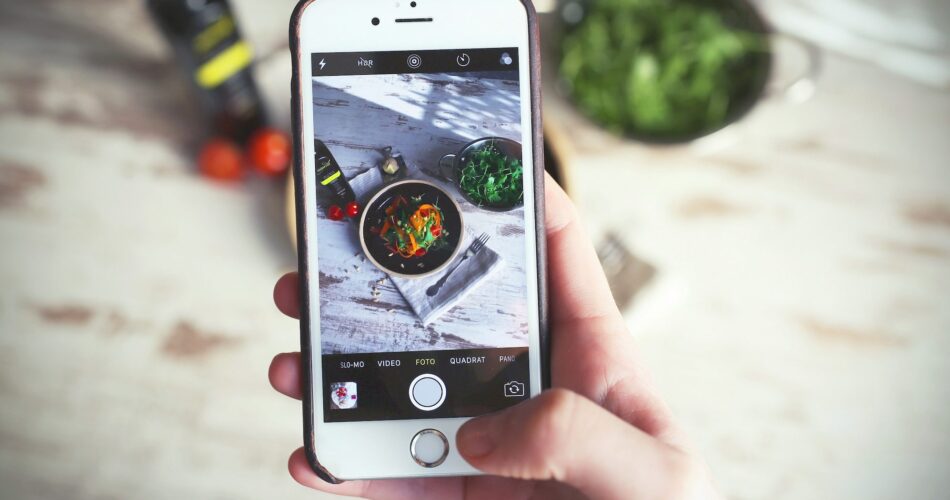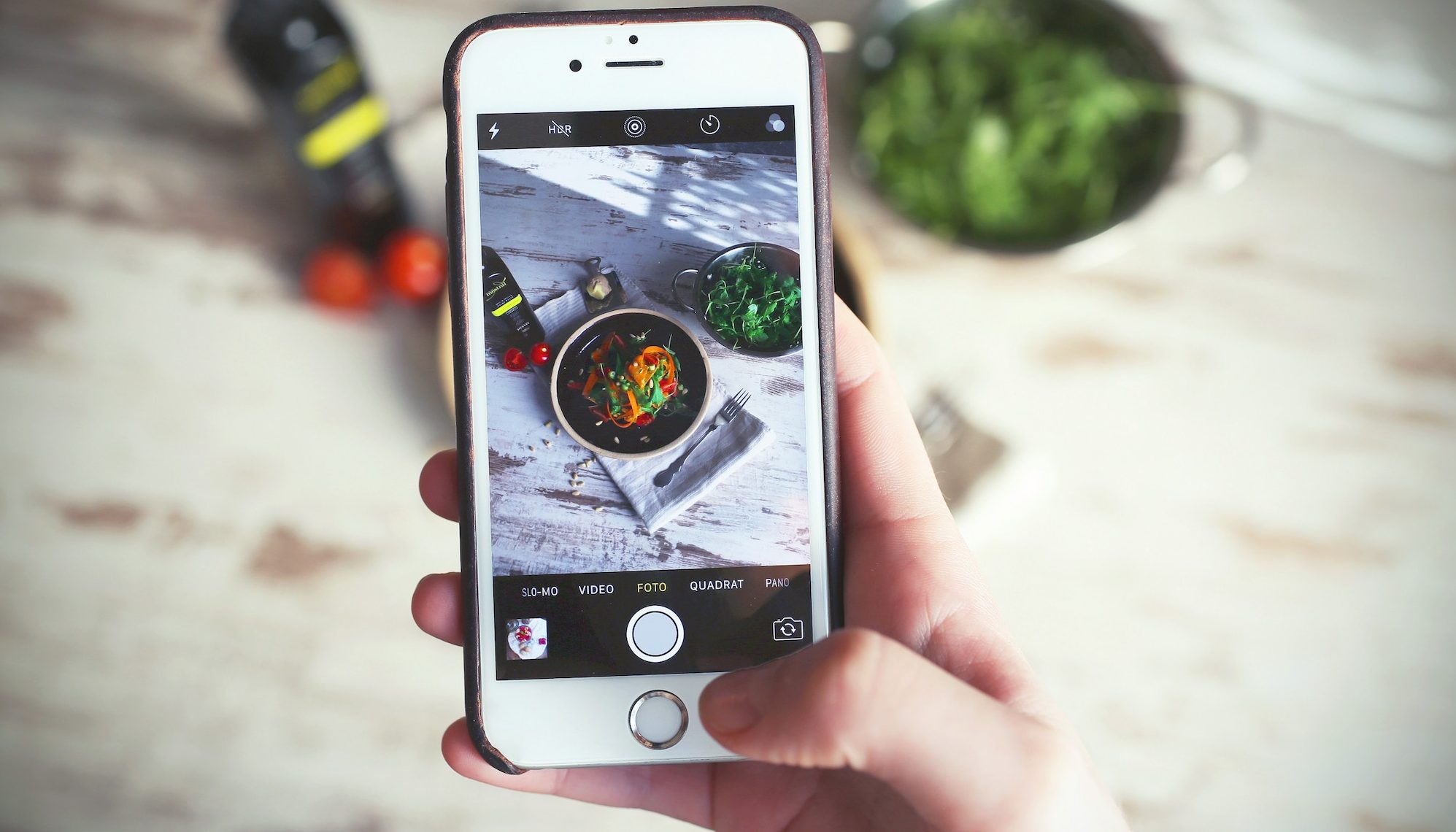People form their first impressions in about 17 milliseconds. Social media cover photos are the first thing your social media visitor sees and the first impression they will form about your brand.
Every social channel has specific size requirements for cover photos, profile photos, and image posts, and it is important that you are aware of the sizing and any space restrictions so that your cover photo looks great on each channel and on each device. Your pictures should not only look good, but also establish a cohesive message that aligns with your brand and marketing strategy.
That’s why we created this B2B social media photo size guide. Use the dimensions listed here and the following guidelines to ensure you are displaying your company in the best way possible.
- Facebook cover photo size: 820 x 312px
- Facebook profile photo size: 180 x 180px*
- Facebook image post size: 1200 x 630px
*Facebook’s profile photo will display at 170 x 170px and 128 x 128px on mobile.
- Twitter cover photo size: 1500 x 500px
- Twitter profile photo size: 400 x 400px
- Twitter image post size: 1600 x 1900px*
*Twitter no longer cuts off square ratio images—so feel free to cross-post and repurpose your gorgeous Instagram visuals!
- LinkedIn company page cover photo size: 1128 x 191px
- LinkedIn company page profile photo size: 300 x 300px
- LinkedIn image post size: 1200 x 627px
YouTube
- YouTube channel cover photo size: 2048 x 1152px
- YouTube profile photo: 800 x 800px
- YouTube video thumbnail and video: 1280 x 720px
- Instagram profile photo size: 320 x 320px
- Instagram image post size: 1080 x 1080px
- Instagram Stories 1080 x 1920px
Create a Consistent Brand Image
Cover photos should be easily recognizable for your customers and cohesively aligned to your other assets, such as website and emails. Create a style guide with your company colors, fonts, and any other important information, making it easy to stay within your brand elements in each cover photo you produce for each channel. Customers who visit multiple channels should be able to immediately recognize your brand.
Understand Size Limitations
90% of information that comes to the brain is visual, so picking images that fit your brand, and that you’ll be able to crop and scale to fit each site, is imperative. If you take one image with text embedded and try to place that same image on each social channel, you’ll end up cutting off some text and the formatting will be off. Instead, choose one image that you’ll be able to crop into pieces according to the social media cover sizes guide. Once the image is cropped, then add the text—placement is key. Be aware of certain restrictions and fully leverage the amount of space you have.
Take into Account Mobile Dimensions
80% of Twitter users use the site on mobile; it’s important to understand how the photo will look on mobile devices as well. Some platforms may reduce your image down and crop the image. If your text is too small, it may become impossible to read on a smartphone. Test your platforms on your mobile device. If your image is cut off or the text is hard to read, the entire page will look sloppy.
By keeping your cover photos aligned to your brand messaging and style guide, you are able to create cohesive brand recognition among your customers and any new followers. With less than a second to make an impression, your cover photos must be created specifically for each channel using the sizing guidelines.
Have any questions about how to properly size your B2B social media images? Ask in the comments below!
Source link




